Summer Is Finally Here!
It’s been a very challenging semester. The shutdown of face-to-face classroom instruction caused no end of headaches, compromises in the quality of teaching, and some serious doubts about tests and grading. I just finished grading 55 final exams in one class (yes, I teach a Digital Production Strategies Course with all 55 majors in it!) and 18 in my advanced recording class. I probably need to research methods of handling secure test taking because there were more than few instances of people copying directly from the web during the test! I was hopeful that all of my students would be honest and respond to the test as if they were in my classroom. Some couldn’t help but look up answers online.
When the font suddenly changes in a submitted paper, it might be because that paragraph was copied from an online article. There is no doubt about the plagiarism when the quoted section references additional information and links, “Timecode is a track that allows for synchronization and editing within a video or an audio file. SMPTE timecode is a standard that was created by the Society of Motion Picture and Television Engineers (SMPTE). While there are wide variations in possible uses, I’m going to restrict this article to the topic of how we, as programmers, can use SMPTE timecode to synch up our lighting cues with music. I’ll have links at the end if you’d like to learn more about the protocol.“ This was actually submitted on a paper.
The university’s policy on cheating is to issue an immediate “F” and additional possible disciplinary action. I was very disappointed. And it appears that the fall semester will be more of the same. Hard times are ahead.
The iTrax-Sprint Ultra HD-Audio Sampler
I watched Steve Guttenberg on his YouTube Channel the other day talking about a free sampler available from Todd Garfinkle’s MA Recording label. Todd and I were students together at CSU Northridge many years ago and competed to supply recording services to students wanting their senior recitals recorded. Like me, he operates a small audiophile label and usually attends the same trade shows as I do. We’ve even shared rental cars and a booth on occasion. His recordings are very highly. regarded. Steve explains that Todd records with only two microphones in reverberant spaces all over the world. A sort of “capture the music and location” approach.
AIX Records does the same thing…almost. Most of my albums were recorded in Zipper Auditorium at the Colburn School of Performing Arts in downtown Los Angeles. It’s a terrific hall with great reverb and a world class 9-foot Steinway piano.
I was inspired by Steve’s video and Todd’s generosity to make available the iTrax-Sprint Ultra HD-Audio Sampler to readers of this blog and followers of AIX Records on Facebook. As many of you know, I have been slowly bringing iTrax back. It’s a lot of work but there are about 20 albums from the AIX Records catalog on the site (all are available is you simply write to me).
If you’re interested in hearing 18 of my favorite tracks from world class musicians including: Willie Nelson, Albert Lee, Carl Verheyen, Laurence Juber, and The Dover String Quartet, please visit the site and download the tracks in either FLAC or WAV. And these are real HD-Audio tracks!
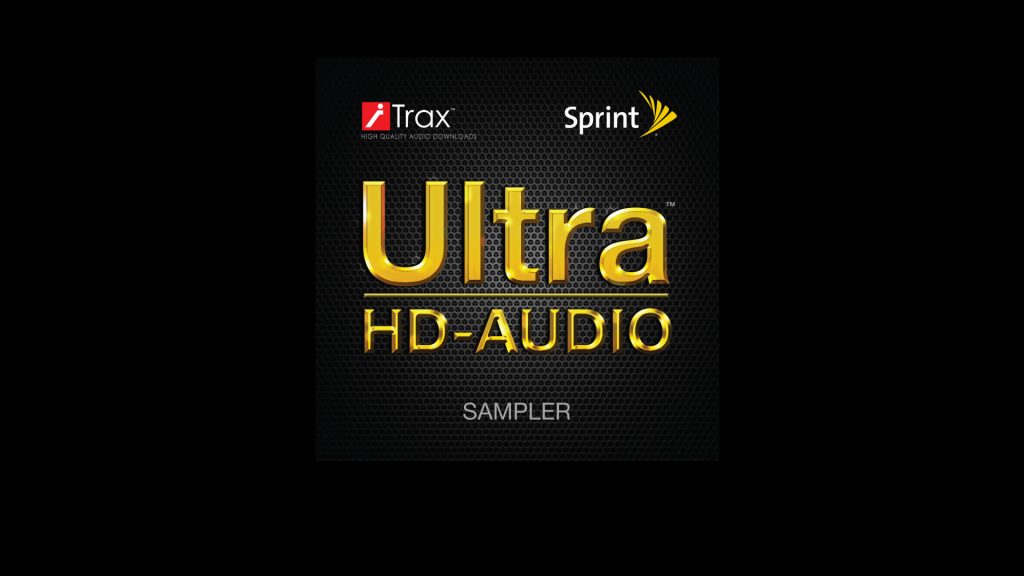
Here’s the full track list (almost 90 minutes of music):
1. Laurence Juber – Strawberry Fields Forever (from Guitar Noir – AIX 80018)
2. The Banda Brothers – Primavera (from Primavera AIX 85050)
3. Carl Verheyen – Lone Star (from Rumor Mill AIX 83039)
4. John Gorka – Let Them In (from The Gypsy Life AIX 85043)
5. Ernest Ranglin – My Boy Lollipop (from Order of Distinction AIX 85047)
6. Zephyr – Now Is The Month Of Maying (from Voices Unbound AIX 80012)
7. Lowen & Navarro – Cold Outside (from Carry On Together)
8. Jamie Hanna & Jonathan McEuen – Lowlands (from Tried & True)
9. Albert Lee – Luxury Liner (from Tearing It Up AIX 85054 )
10. Willie Nelson & Paul Williams – Rainbow Connection (from The Gypsy Life AIX 85043)
11. Jonathan McEuen – Prayer For You (from One Step Ahead AIX 80029)
12. Steve March Tormé – On the Street Where You Live (from Tormé Sings Tormé AIX 83042)
13. James Walker and Free Flight – Libido (from Threads AIX 86063)
14. The Latin Jazz Trio – Mujaka (from The Latin Jazz Trio AIX 80011)
15. The Old City String Quartet – Mozart Clarinet Quintet K. 581 – Movt 1 (from Mozart – Clarinet Quintet K. 581, Horn Quintet K. 407 & String Quartet K. 169 – The Old City String Quartet)
16. Bryan Pezzone – Berceuse (from Piano Pieces from Mozart, Schubert, Elgar and Pezzone AIX 86064)
17. G. Enescu Philharmonic Orchestra – Brandenburg Concerto No. 3 Mvt I. Allegro (from Bach Brandenburg Concerto No. 3 and No. 5 / Air on the G String 1338AX)
18. G. Enescu Philharmonic Orchestra – Pavanne for a Dead Princess (from Mixtures I: A Classical Surround Sampler – Various Artists AIX 81007)
Enjoy these tracks. And please do not hesitate to spread the word. Like the video on YouTube, link to this page and the sampler at iTrax.com, share a post on your favorite FB audio page. Thanks.
HD-Audio Challenge II Continues…
Audio enthusiasts continue to request the credentials to download the 40 files for the HD-Audio Challenge II and more and more submissions arrive every day. In fact, we may eclipse 500 submissions within the next couple of weeks. That would be huge achievement! And it’s all thanks to you. I sincerely thank you for participating and for dedicating the time to listen to the files.
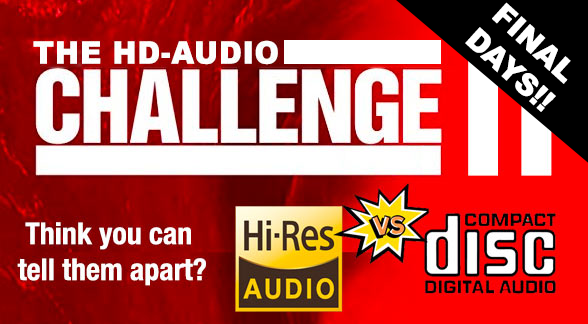
If you haven’t yet gotten involved and are curious whether you can pick out the high-resolution originals from a CD quality downconversion, please visit this page to sign up (HD-Audio Challenge II Sign Up).
And don’t be shy about submitting your results. There are no right or wrong answers….it’s a survey to see whether high-resolution audio is audible. If you’re done listening, you can submit your results here (submissions page).
Some more crazy talk…
I spend too much time reading equipment reviews, sales marketing materials, FB posts, and online comments. And I use my knowledge as an audio engineer, professor, author, and audiophile to sort the wheat from the chaff. And it’s hard! If you’re a newbie or easily influenced music lover, the marketing messaging and even “reviews” by professional journalists can be overwhelming. Without much commenting, here are some of this week’s favorites:
A piece titled, “The Secret Life Of Super Audio Compact Discs (SACDs)” included these exaggerations or outright misinformation:
“Super Audio Compact Discs (SACDs) offer improved sound quality over their non-super counterparts.”
And there was this comment from an ardent fan or the failed technology:
“SACD was and remains the best sounding format, not because it has less resolution than Pure Audio Blu-ray or DVD-A:s, but probably because the DSD technology is superior to PCM for music.”
None of the specifications of DSD are superior to PCM for music or any other type of recording. The marketing and spinmeisters at the publications worked. FYI Mainstream professional audio engineers avoided DSD like the plague.
Over at The Absolute Sound, the usual craziness regarding cable reviews was on view. This time reviewing a “budget line of cables and interconnects” from Synergistic Research, a brand well-known to audiophiles (and one I avoid no matter what the price range). The author actually described his current ultra expensive cables this way:
“Though my current set of Crystal Cable Ultimate Dream wires from Gabi and Edwin Rijnveld of Crystal Cable and Siltech is undoubtedly the best (the most vividly and accurately colored, powerful, quick, detailed, three-dimensional, just plain lifelike) stuff I’ve had in my system in better than forty-five years of cable-swapping, its incredibly lofty price tag brings into painful focus a problem I’ve had with “gourmet” cables from the get-go.”
Prices: Interconnects, $20,900 per meter pair; speaker cables, $47,000 per 2.5-meter pair; power cords, $12,100 per meter length. Anyone that would fork over that kind of money for cables of any type has lost their mind in my humble opinion. Note that no one in the professional world uses or endorses cables like that. If the recordings that we cherish are made in studios using Mogami, Belden, and Canare cable then perhaps we should adopt those brands and avoid brands that rip us off. It would also be nice if the reviewers that write this nonsense would learn a little about the art and science of audio. When you read a review that spews this nonsense, just stop.
And then there’s the expected back and forth between SR supporters and those who know better in the comments. It usually doesn’t end well.
Here’s a comment from the author after a particularly rude back and forth by “adults”:
“Over the years, the exorbitant cost of high-end cable has so troubled me that I used to regularly swap out whatever goodie I was currently listening to for old-fashioned zip cords of various twists and gauges, just to make sure that I was hearing what I thought I was hearing—and not falling for a price tag. Of course, the losses of bandwidth, resolution, transient speed and definition, density of tone color, and lifelike dimensionality, solidity, and presence were always and inevitably the same. Which is why, after a decade or so, I stopped AB’ing and just accepted the fact that (to a greater or lesser degree) when it comes to wire you get what you like and what you pay for.”
This guy gets paid by the publication — and undoubtedly get free products from the company he’s reviewing — to spew this nonsense. Saying things like “the losses of bandwidth, resolution, transient speed and definition, density of tone color, and lifelike dimensionality, solidity, and presence” sound like legitimate quantifiers for sound but in over 45 years of making records, I’ve never hear any producer or engineer use those terms — EVER! And don’t forget that the normal zip cord and wire of typical quality lurks just inside the components he’s hooking up.
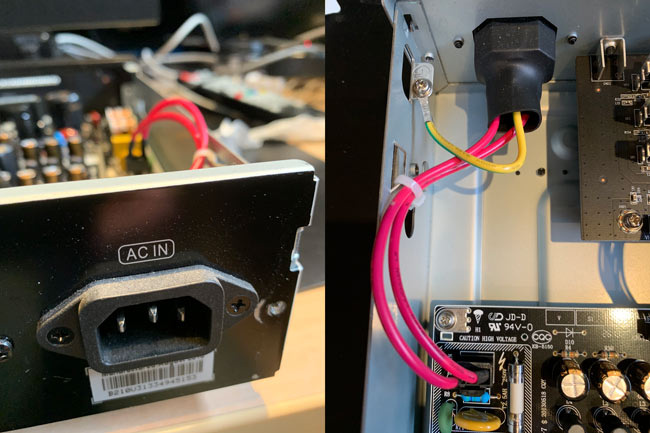
And finally…
I asked an advocate for analog reel-to-reel recording what quality his preferred format possesses that high-resolution digital doesn’t? He responded by claiming that analog recordings have much more “density” than digital recordings. Once again, another new term to describe something that acousticians and physicists have already described more than adequately. Personal preferences aside, PCM digital recordings capture everything that was in the original acoustic performance.
The discount continues…
And don’t forget that the 30% discount on all AIX Records and iTrax.com downloads is still in effect until the end of the month. Simply enter AIX30Percent during check out.
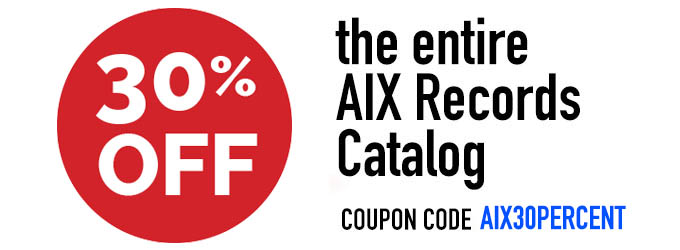

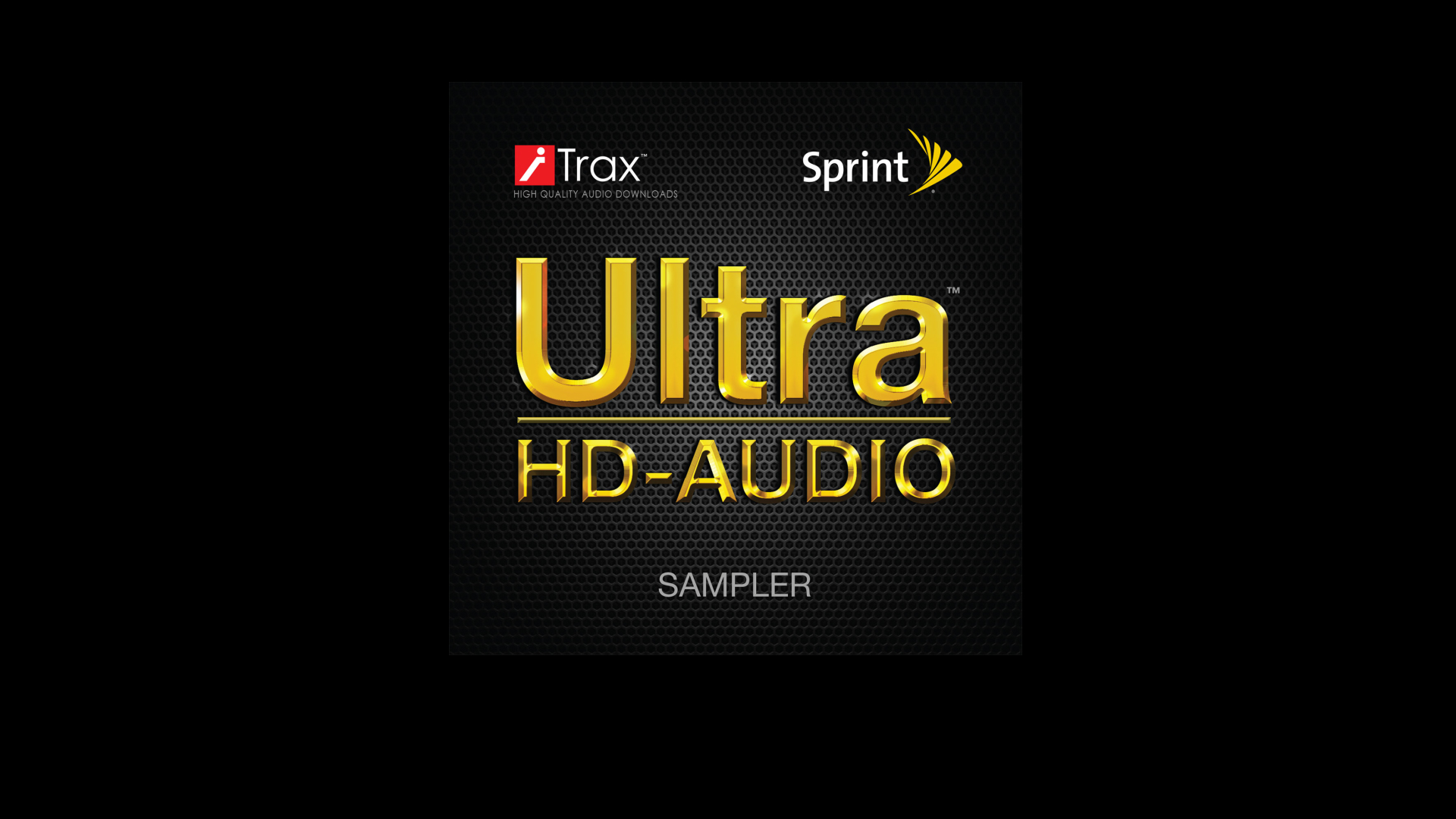
Hi Mark,
It does amaze me the number of posts out there still wittering on about SACD as if it’s new technology. It’s 21 years old uses DSD64 that even then has to be slightly compressed to fit on the storage available and the majority of SACD players just convert that to PCM anyway. Whatever your views on DSD, SACD is the worst way of trying to champion it!
Very glad you are getting more results in, more the merrier.
The prices for these cables are just perverse!!! There should be a law against things like that. I know we live in a free world and everybody can buy what he or she wants and in the end nobody is forced to buy this stuff, but seriously all the people who buy these cables should be protected from their own stupidity by law.
Sure people ought to be able to spend their money any way they like. The issue I have is the writers who continue to spew the kind of nonsense that The Absolute Sound writer wrote. He and his publication should be ashamed of themselves. You can bet he didn’t purchase those cables yet he raves about them.
“I asked an advocate for analog reel-to-reel recording what quality his preferred format possesses that high-resolution digital doesn’t?”
Speaking of this format, while on stay-at-home time, I pulled a reel-to-reel out of a box I have had for about five years without having ever listened to it since I bartered it to a guy for some other equipment (and I never ever owned a R2R even back in the 60s or 70s). I have to say I am a bit obsessed with it now! Is the sound better than digital, hardly, but it’s “different” in a way I find pleasing and a blast to play with and listen to.
The hand’s on experience is what is the most fun (without the cleaning of the stylus, the cleaning of the album itself, the handling of the sides of the LP). I got on eBay and promptly bought up about 25 of my old favorite rock albums in R2R format and packages are arriving every day (dang, are they ever a bit expensive in the resale market). It is a bit of a diversion for now. No……I do not plan to buy an expensive cable to run to the RCA jacks on my receiver, the Belkin PureAV cables I have are good enough.
I am back to cranking “Steppenwolf Live” now, “Hey Lawdy Mama” just rolled across the playback heads.
Reel to reel is a lot of fun. My Nagra IV-S is in Nashville right now being serviced…a check up. The experience and sound are different for sure. The costs…crazy.
A lot of class in that AS comment section. Jeez…..
Thanks very much for the link to iTrax. I look forward to listening to those. I also find the high priced cables and power cords amusing, particularly power cords.. as if a 1 or 2 meter power cord had any audible effect bridging 18g or 12g house wiring to the internal wiring you picture in the article.